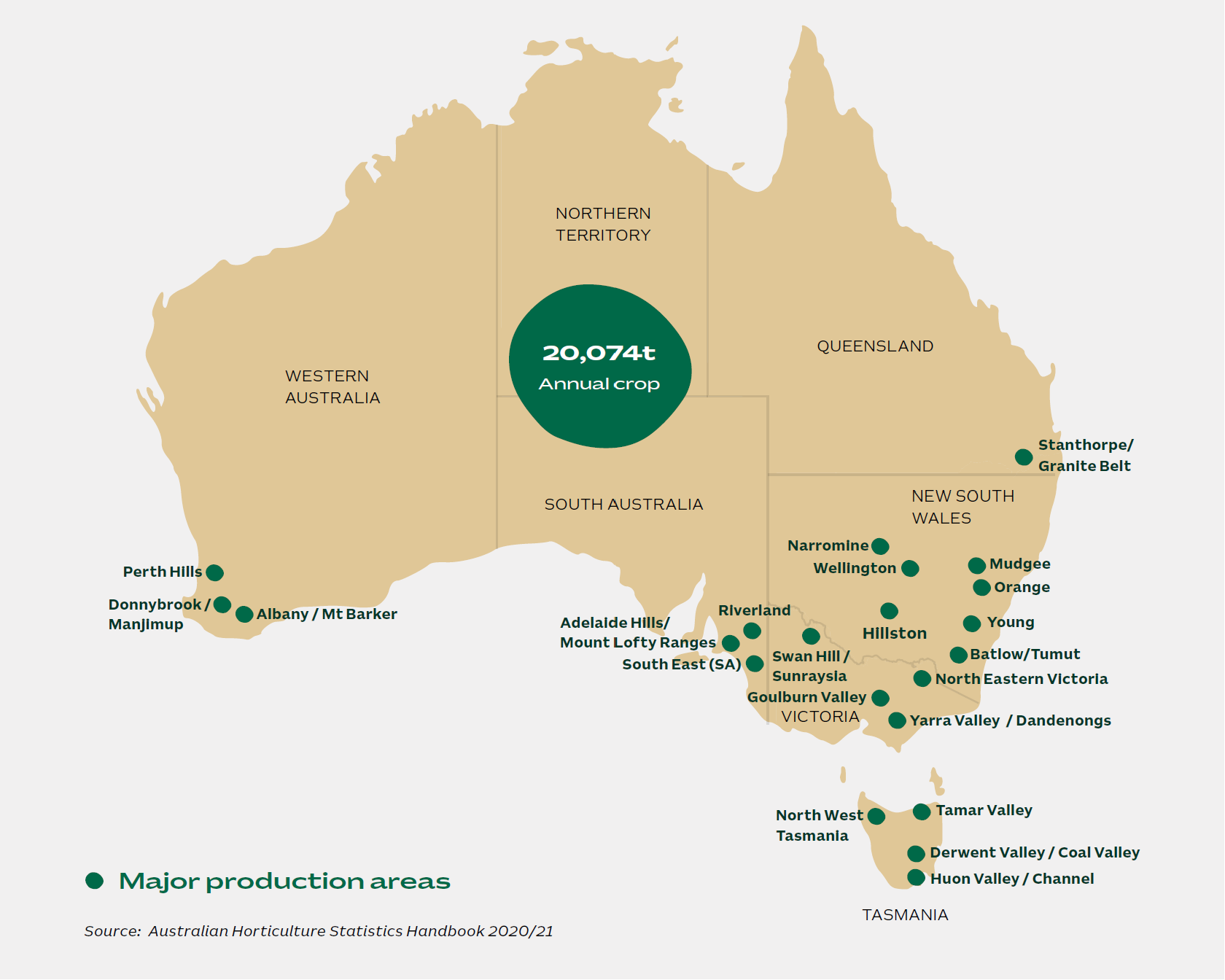Boron (B) is an essential micronutrient for plants, crucial for the development of reproductive structures (e.g., pollen germination and pollen tube elongation) and fruit formation.
In sweet cherry trees, boron deficiency can significantly reduce fruit set, thus compromising productivity.
The mobility of this element within the plant depends on several factors, including the plant species and the availability of sugars compatible with its transport.
Although it is known that soil and foliar boron applications improve the nutritional status of plants, the distribution of this element within different plant tissues is not yet fully understood.
Study on boron mobility
A recent study from Chile explored this aspect by analyzing boron mobility in sweet cherry trees through the application of 10B (a boron isotope) to the soil and flowers under different soil boron availability conditions.
The study investigated two soil boron availability conditions: deficient and adequate.
Two experiments were conducted to evaluate the absorption and distribution of 10B applied at different times: to the soil during full bloom and before leaf senescence, and directly to the flowers during full bloom.
The results showed that boron applied to the soil during full bloom was absorbed more effectively than when applied before leaf senescence.
 Image 1. Boron applications improve flower fertility and fruit set in cherry trees
Image 1. Boron applications improve flower fertility and fruit set in cherry trees
Results on boron distribution
However, applying boron to the soil before leaf senescence can improve its availability for the flowers in the following season (stored as a reserve).
In both cases, boron was distributed throughout all plant tissues, with a higher concentration in the leaves.
Nonetheless, the amount of boron present in the fruits did not show significant differences between the two application timings, indicating that its mobility to the fruits is independent of soil application timing.
Boron was distributed differently across the plant parts. When applied to the soil during full bloom, 39-44% of the absorbed boron concentrated in the roots, rootstock, and trunk, while 53-55% was found in the leaves and shoots.
Comparison of application methods
Conversely, the percentage of boron located in the fruits was minimal, ranging from 1% under boron-deficient soil conditions to 8% under adequate conditions.
However, when boron was applied directly to the flowers during full bloom, about 70% was found in the fruits, making this strategy an effective method to meet nutritional demands during the growing season.
Meanwhile, the remaining 20% was mobilized to shoots, leaves, and roots, and 10% to the rootstock and trunk.
These results suggest that under boron-deficient soil conditions, soil application during full bloom is the most effective strategy to improve the plant's overall nutritional status while also promoting the accumulation of reserves that can be used in the following season.
Conclusion and implications
Conversely, if the goal is to increase boron concentration in the fruits, direct application to the flowers proved to be the most effective method.
In conclusion, the findings of this study provide valuable insights for optimizing boron management in sweet cherry trees.
Indeed, the timing and type of application significantly influence boron absorption and distribution within plant tissues.
Therefore, adopting targeted strategies for boron application can enhance fruit yield and quality, offering potential economic benefits for farmers and the entire sweet cherry production chain.
Images: SL Fruit Service
Source: Arredondo, G., Bonomelli, C., Nario, A., Rojas‐Silva, X., & Gaete, P. (2024). Sweet cherry response in absorption and mobility of 10B applied to soil and flowers under two soil boron conditions. Journal of Plant Nutrition and Soil Science, 1–6.
https://doi-org/10.1002/jpln.202400098
Andrea Giovannini
University of Bologna (IT)
Cherry Times - All rights reserved













